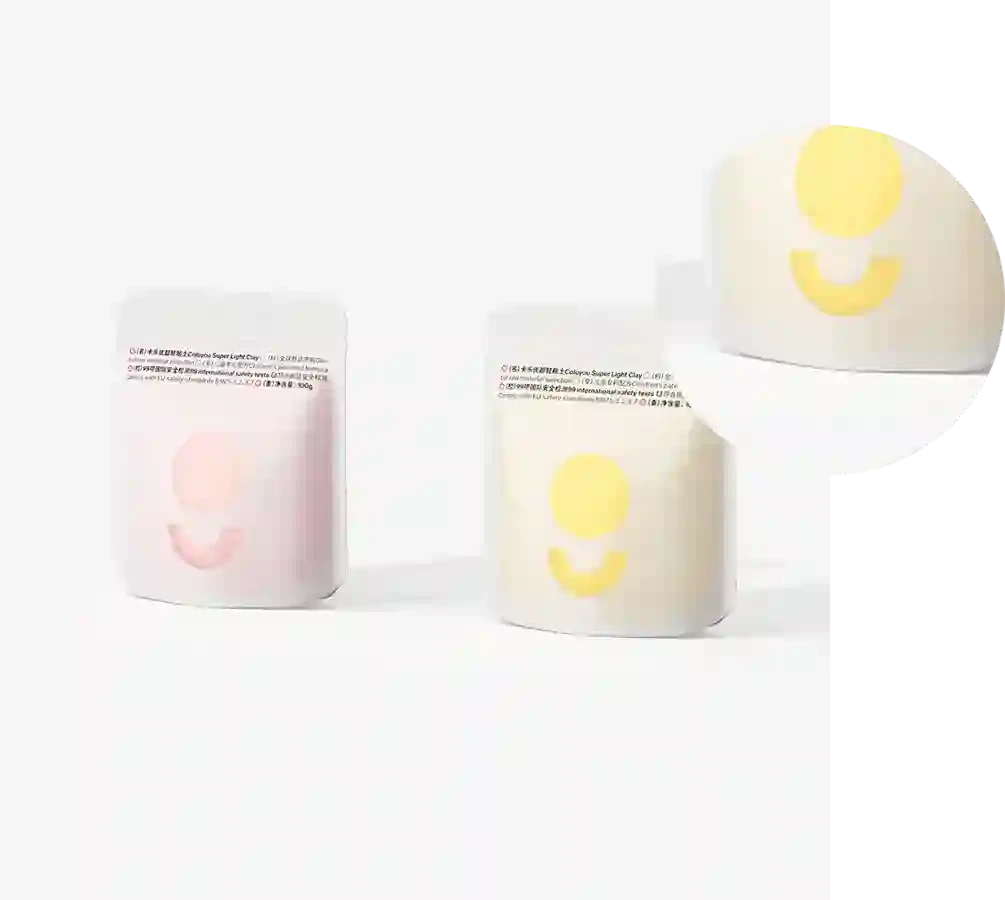- Afrikaans
- Albanian
- Amharic
- Arabic
- Armenian
- Azerbaijani
- Basque
- Belarusian
- Bengali
- Bosnian
- Bulgarian
- Catalan
- Cebuano
- chinese_simplified
- chinese_traditional
- Corsican
- Croatian
- Czech
- Danish
- Dutch
- English
- Esperanto
- Estonian
- Finnish
- French
- Frisian
- Galician
- Georgian
- German
- Greek
- Gujarati
- haitian_creole
- hausa
- hawaiian
- Hebrew
- Hindi
- Miao
- Hungarian
- Icelandic
- igbo
- Indonesian
- irish
- Italian
- Japanese
- Javanese
- Kannada
- kazakh
- Khmer
- Rwandese
- Korean
- Kurdish
- Kyrgyz
- Lao
- Latin
- Latvian
- Lithuanian
- Luxembourgish
- Macedonian
- Malgashi
- Malay
- Malayalam
- Maltese
- Maori
- Marathi
- Mongolian
- Myanmar
- Nepali
- Norwegian
- Norwegian
- Occitan
- Pashto
- Persian
- Polish
- Portuguese
- Punjabi
- Romanian
- Russian
- Samoan
- scottish-gaelic
- Serbian
- Sesotho
- Shona
- Sindhi
- Sinhala
- Slovak
- Slovenian
- Somali
- Spanish
- Sundanese
- Swahili
- Swedish
- Tagalog
- Tajik
- Tamil
- Tatar
- Telugu
- Thai
- Turkish
- Turkmen
- Ukrainian
- Urdu
- Uighur
- Uzbek
- Vietnamese
- Welsh
- Bantu
- Yiddish
- Yoruba
- Zulu
length width height of a box
Understanding the Dimensions of a Box Length, Width, and Height
In our everyday lives, boxes are ubiquitous. From packaging materials to storage solutions, understanding the dimensions of a box — length, width, and height — is essential for a variety of reasons, such as space management, transportation, and storage efficiency. This article will discuss the significance of each dimension, how they interrelate, and their practical applications.
Defining Dimensions
A box is defined by three critical dimensions length, width, and height.
1. Length refers to the longest side of the box. It is critical for determining how much space the box will occupy along the horizontal axis when placed flat. 2. Width is the second longest side of the box, perpendicular to the length, determining the space occupied on the horizontal axis alongside the length. 3. Height represents how tall the box is from its base to the top, providing its vertical dimension.
Together, these dimensions help to define the overall volume of the box, which is calculated using the formula
\[ \text{Volume} = \text{Length} \times \text{Width} \times \text{Height} \]
This formula is particularly useful for understanding how much space an object — or multiple objects — can occupy within a given area.
The Importance of Dimensions in Various Applications
Understanding these dimensions is essential for various applications
length width height of a box

1. Shipping and Logistics In the shipping industry, precise measurements are crucial for optimizing space in containers and trucks. By knowing the dimensions of boxes, logistics companies can determine the best way to stack and arrange goods for maximum efficiency. Accurate dimensions also ensure that packages fit within specific weight limits, which is vital for minimizing shipping costs.
2. Interior Design and Furniture Arrangement In interior design, knowing the dimensions of a box or furniture item helps homeowners and designers create harmonious spaces. For example, oversized furniture in a small room can make the space feel cramped, while too-small items can make the area feel sparse. Accurate measurements allow for the balance and proportion necessary in aesthetically pleasing design.
3. Storage Solutions Whether you are utilizing a garage, attic, or a storage unit, understanding the dimensions of boxes is key for efficient organization. Knowing how to measure and categorize the items stored within can drastically maximize storage potential, preventing clutter and making items easier to find.
4. Manufacturing and Production In industries where products are boxed for distribution, dimensions play a critical role. Manufacturers must create packaging that not only protects the product but also maximizes shipping efficiency. The right dimensions help to minimize material waste and reduce costs.
The Relationship Between Dimensions
Although length, width, and height are distinct dimensions, they are intrinsically connected. A change in any one dimension can have a cascading effect on the box’s overall volume, appearance, and usability. For instance, increasing the height of a box for storage purposes may also require adjustments to its width and length to maintain stability. Additionally, altering dimensions can impact handling — a tall, narrow box might be more prone to tipping over than a shorter, wider box.
Practical Example
Consider a scenario where a company needs to ship electronic gadgets in boxes. If the recommended size for the box is 24 inches (length) x 18 inches (width) x 12 inches (height), adjusting any one of these dimensions could affect the number of gadgets that fit within each box, leading to potential inefficiencies in both shipping costs and logistics planning.
Conclusion
In summary, the dimensions of length, width, and height of a box are pivotal in various aspects of life — from shipping to storage to interior design. By understanding how these dimensions affect volume and usability, individuals and businesses can make informed decisions that optimize both space and resources. The interplay of these dimensions not only influences practical considerations but also enhances the overall functionality and aesthetics of our environments. Whether in everyday use or specific applications, the significance of box dimensions cannot be overstated.













